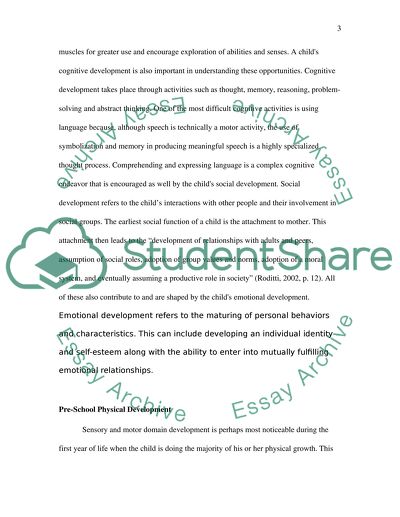Cite this document
(“Developmental stages of children Essay Example | Topics and Well Written Essays - 2000 words”, n.d.)
Retrieved from https://studentshare.org/environmental-studies/1421245-developmental-stages-of-children
Retrieved from https://studentshare.org/environmental-studies/1421245-developmental-stages-of-children
(Developmental Stages of Children Essay Example | Topics and Well Written Essays - 2000 Words)
https://studentshare.org/environmental-studies/1421245-developmental-stages-of-children.
https://studentshare.org/environmental-studies/1421245-developmental-stages-of-children.
“Developmental Stages of Children Essay Example | Topics and Well Written Essays - 2000 Words”, n.d. https://studentshare.org/environmental-studies/1421245-developmental-stages-of-children.


